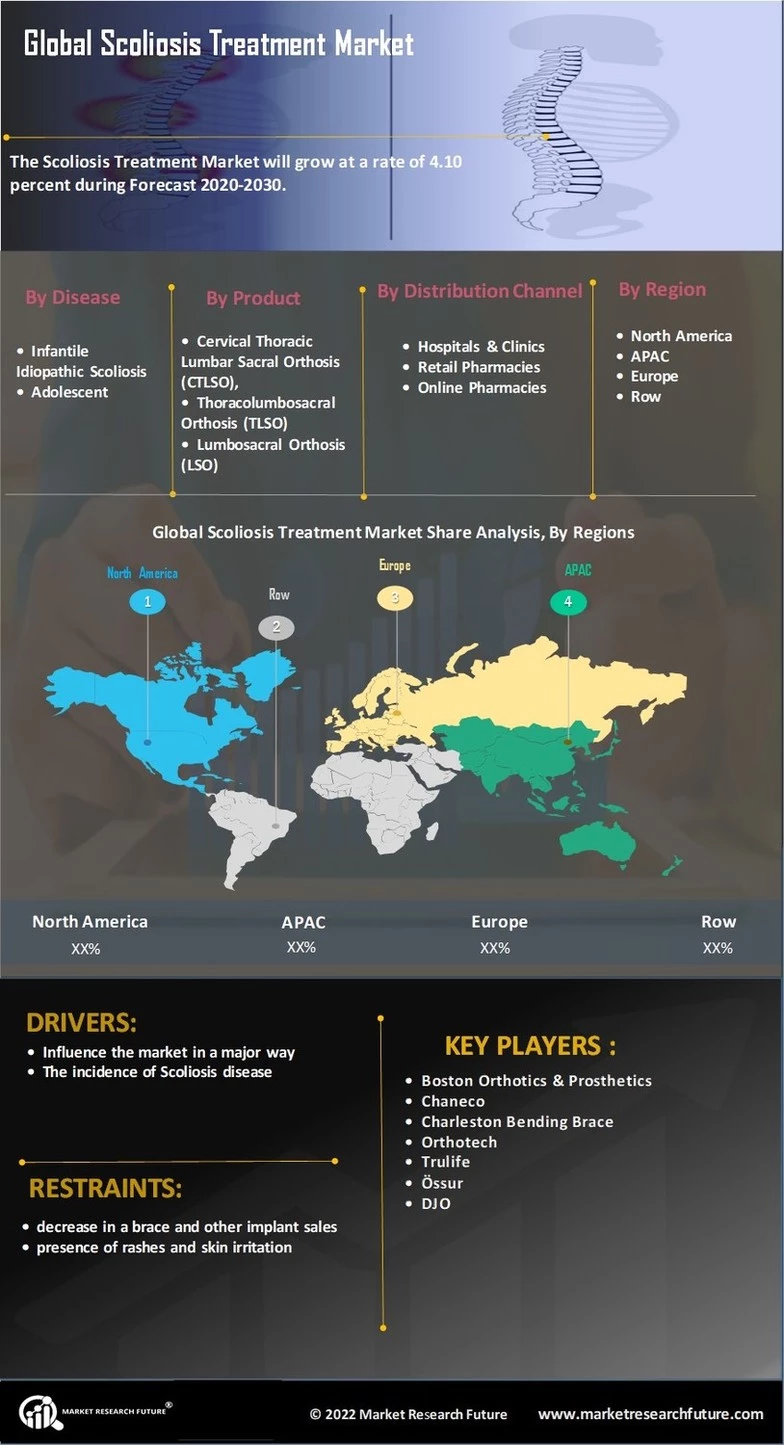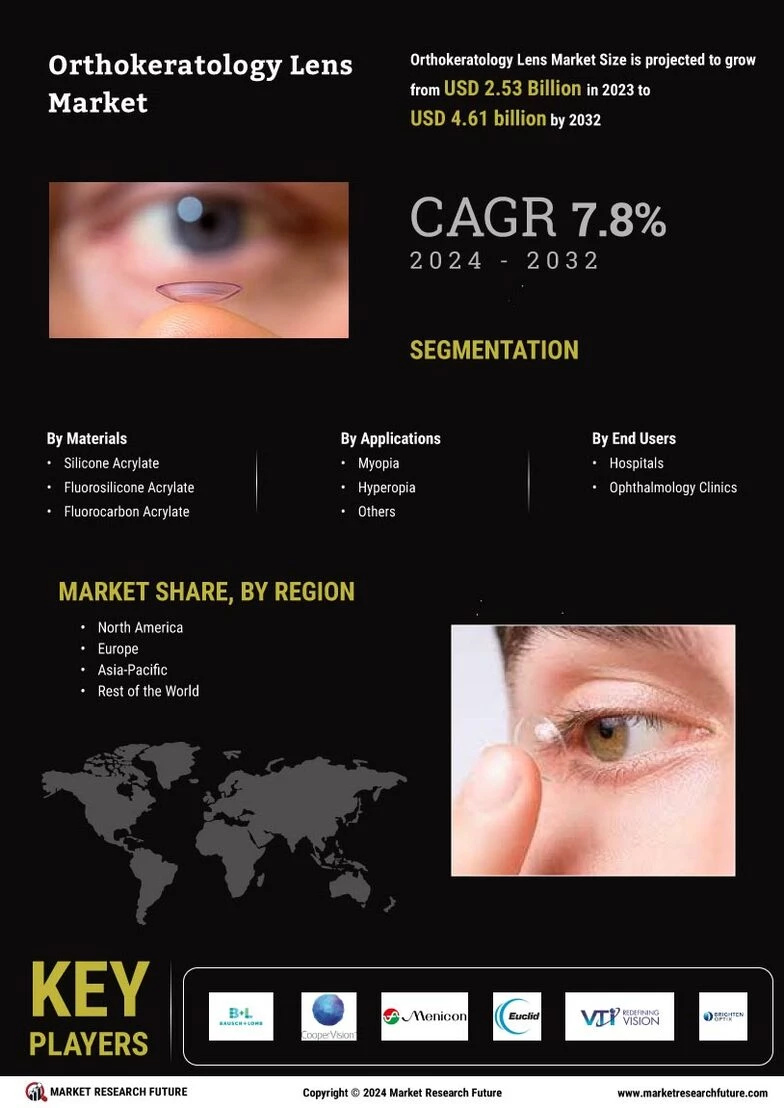Understanding Laryngoscope Market Growth and Adoption
The Laryngoscope Market continues to witness significant growth as hospitals prioritize patient safety and precision in airway management. Video laryngoscopes with advanced visualization features and portable designs are gaining widespread adoption, providing clinicians with improved control during procedures. Technological integration such as AI-assisted guidance and high-definition imaging is enhancing overall effectiveness. Detailed insights into Laryngoscope market growth
reveal evolving trends, enabling stakeholders to anticipate demand and plan product development strategies accordingly.
Innovation and cost-effectiveness are key drivers for market growth. Leading manufacturers are introducing disposable models, reducing infection risk while maintaining high-quality performance. Regional adoption varies, with North America and Europe at the forefront, while Asia-Pacific and Latin America are experiencing accelerated growth due to improving healthcare infrastructure. These dynamics collectively position the market for sustained expansion in the coming years.
Get Full Reports:
https://www.marketresearchfuture.com/reports/laryngoscope-market-33181
The Laryngoscope Market is poised for sustained growth, driven by technological innovations, rising surgical procedures, and increasing global demand for safe airway management. Adoption of video laryngoscopes, disposable models, and ergonomic devices is transforming clinical practices. The Laryngoscope Market Global Outlook
offers a comprehensive view of global trends, emerging markets, and growth opportunities for manufacturers, investors, and healthcare providers.
Manufacturers are focusing on innovation, regional expansion, and strategic collaborations to capture untapped markets. Emerging regions, including Asia-Pacific and Latin America, are expected to witness significant growth due to improving healthcare infrastructure and rising awareness of patient safety protocols. Global outlook insights provide stakeholders with data-driven guidance to enhance market strategies, product development, and investment planning.
FAQs:
Q1. What is driving the growth of the laryngoscope market?
A1. Advanced video laryngoscopes, AI integration, and increased surgical interventions are major drivers.
Q2. Which regions are expanding fastest?
A2. Asia-Pacific and Latin America due to growing healthcare infrastructure and rising demand.
Q3. How do disposable laryngoscopes contribute to growth?
A3. They reduce infection risks and offer cost-effective solutions for hospitals and clinics.
Understanding Laryngoscope Market Growth and Adoption
The Laryngoscope Market continues to witness significant growth as hospitals prioritize patient safety and precision in airway management. Video laryngoscopes with advanced visualization features and portable designs are gaining widespread adoption, providing clinicians with improved control during procedures. Technological integration such as AI-assisted guidance and high-definition imaging is enhancing overall effectiveness. Detailed insights into Laryngoscope market growth
reveal evolving trends, enabling stakeholders to anticipate demand and plan product development strategies accordingly.
Innovation and cost-effectiveness are key drivers for market growth. Leading manufacturers are introducing disposable models, reducing infection risk while maintaining high-quality performance. Regional adoption varies, with North America and Europe at the forefront, while Asia-Pacific and Latin America are experiencing accelerated growth due to improving healthcare infrastructure. These dynamics collectively position the market for sustained expansion in the coming years.
Get Full Reports:https://www.marketresearchfuture.com/reports/laryngoscope-market-33181
The Laryngoscope Market is poised for sustained growth, driven by technological innovations, rising surgical procedures, and increasing global demand for safe airway management. Adoption of video laryngoscopes, disposable models, and ergonomic devices is transforming clinical practices. The Laryngoscope Market Global Outlook
offers a comprehensive view of global trends, emerging markets, and growth opportunities for manufacturers, investors, and healthcare providers.
Manufacturers are focusing on innovation, regional expansion, and strategic collaborations to capture untapped markets. Emerging regions, including Asia-Pacific and Latin America, are expected to witness significant growth due to improving healthcare infrastructure and rising awareness of patient safety protocols. Global outlook insights provide stakeholders with data-driven guidance to enhance market strategies, product development, and investment planning.
FAQs:
Q1. What is driving the growth of the laryngoscope market?
A1. Advanced video laryngoscopes, AI integration, and increased surgical interventions are major drivers.
Q2. Which regions are expanding fastest?
A2. Asia-Pacific and Latin America due to growing healthcare infrastructure and rising demand.
Q3. How do disposable laryngoscopes contribute to growth?
A3. They reduce infection risks and offer cost-effective solutions for hospitals and clinics.



